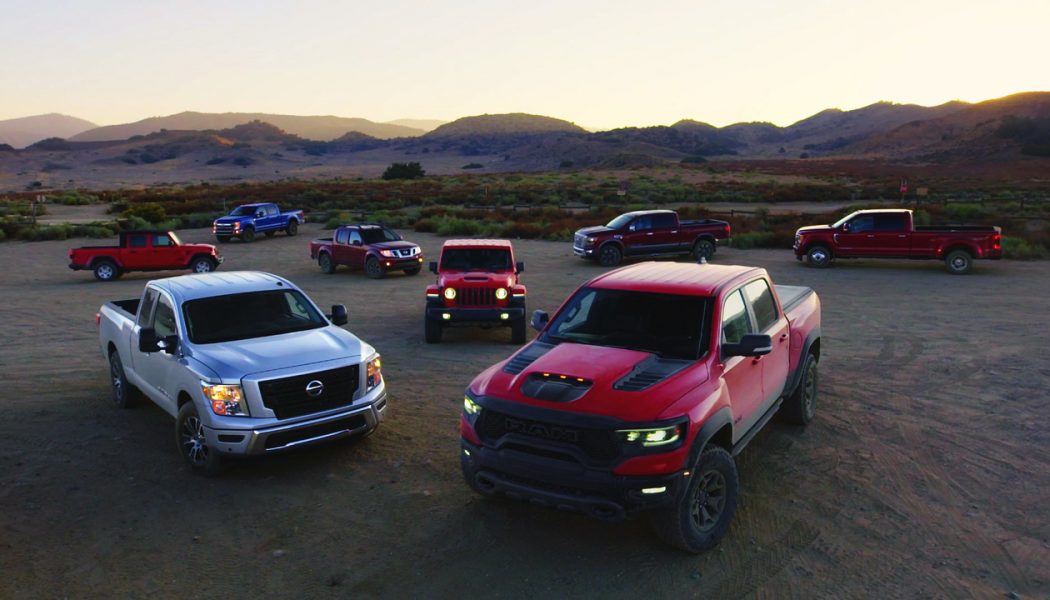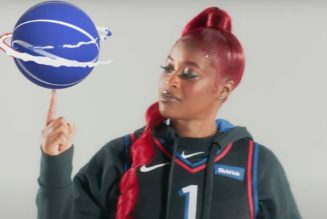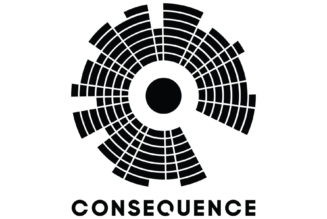There are some subtle giveaways—a few shared cutlines on the two compact SUVs’ exteriors being the biggest clue—but on the whole these two look pretty unique. So, what exactly do they share, and where do these two SUVs differ?
Platform: Mitsubishi Outlander or Nissan Rogue?
Let’s start with the bones. A Mitsubishi spokesperson confirmed to us that both the Rogue and Outlander share a platform that was developed by members of the Renault–Nissan-Mitsubishi Alliance. A lot of the technical bits like the underbody, suspension pickup points, and cut lines for body panels are shared between the two cars. The two SUVs even have an identical 106.5-inch long wheelbase.
However, despite being mechanically similar, Mitsubishi told us the tuning for the new Outlander is specific to that car. That means the way the car rides and handles have been determined by Mitsu’s engineers and not Nissan’s. That doesn’t mean the two cars will end up feeling nothing like each other, but if so, it may be at least in part a coincidence. We were told the Outlander’s development team spent a lot of time working on driver feedback and feel, a focus that feels different from the Rogue’s mass-appeal setup.
Design: Mitsubishi Outlander or Nissan Rogue?
Mitsubishi also assured us that the entirety of the exterior and interior design is unique to Mitsubishi, and none of the cosmetic bits you see are shared with the Rogue. Both their interior and exterior designs differ vastly, but inside the two cars do apparently share some switchgear.
The Outlander’s new touchscreen that rises above the dashboard, its gear selector, and its HVAC controls look to be pretty much identical to the Rogue’s. That said, they’re different enough that you won’t be mistaking an Outlander for a Rogue or vice versa. The two cars are also built in different factories, with the Mitsubishi coming from that automaker’s Japanese facility.
Powertrain: Mitsubishi Outlander or Nissan Rogue?
Both cars also use a 2.5-liter four-cylinder engine that routes power through a continuously variable automatic transmission (CVT) to either the front wheels or all four. We can’t confirm that the engine and transmission are identical between the two, but it’s likely more than coincidence that they share a displacement figure and transmission type.
A major difference between the two SUVs, however, is the all-wheel-drive systems that are on offer. Nissan sells the Rogue with its own “Intelligent AWD” system while Mitsubishi offers its Super All-Wheel Control (S-AWC) system which is entirely unique to Mitsubishi. Though we aren’t sure if or when we’ll see a new Outlander plug-in hybrid (PHEV), but one is surely coming in the new-for-2022 bodystyle. We also know the Nissan Rogue will get a PHEV variant using the 2021 Outlander PHEV’s powertrain under the hood, implying that the 2022 Outlander PHEV will carry over its powertrain from the current model.
Why Mix the Mitsubishi Outlander and Nissan Rogue?
It might be easy to think of automakers sharing bits as a bad thing—or a kind of “gotcha!” worth jeering at. Just look at the ongoing dustup among BMW and Toyota fans over the Z4 roadster and new Supra sports car being essentially the same. But joint development between two or more automakers can be very good for those brands and buyers alike. Look at the Subaru BRZ and Toyota 86, which soon will be re-upped for a second generation; without collaboration between Subaru and Toyota, neither sports car would exist. Only one automaker shouldering the burden of development would be too costly to make up with these low-volume sports cars’ sales, but spreading out the up-front costs and offering further sales through two brands is enough to make the whole deal pencil.
The Outlander desperately needed a replacement, so Mitsubishi is coming out ahead having gained access to a well-executed new vehicle platform and its attendant active-safety technologies. While the Rogue sells in huge numbers, and the Outlander does not, maybe borrowing the former as a modern, class-competitive starting point this gives Mitsubishi a leg-up in the sales race with its newest compact SUV. All in all, it’s a win for Nissan, a win for Mitsubishi, and a win for SUV-crazed Americans who both won’t care and likely won’t notice that these two crossovers are pretty much the same underneath.










